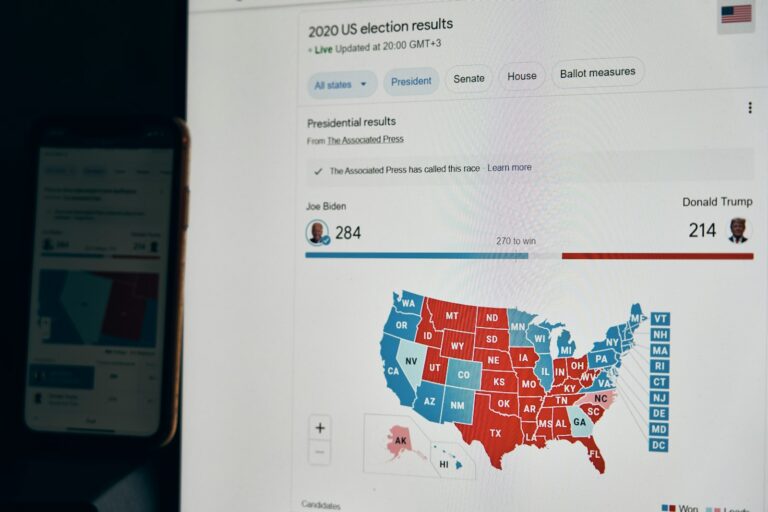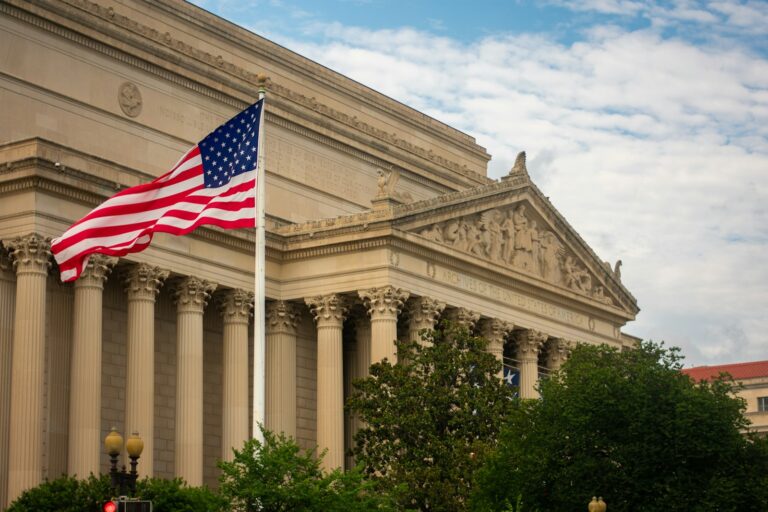Key Takeaways
- Three Iranian nuclear facilities hit by U.S. airstrikes
- Enriched uranium cannot be accounted for post-attack
- IAEA chief confirms the material’s location is unknown
- Arms control experts warn of global security risks
Mystery Shadows Iranian Nuclear Sites After US Bombing
A dramatic U.S. bombing run on Iranian nuclear facilities has triggered a high-stakes mystery. Global authorities now urgently seek answers about missing enriched uranium. The head of the International Atomic Energy Agency admits the material cannot be traced following recent strikes. Arms control specialists echo these concerns publicly. They stress immediate international attention is critical.
US Strikes Target Nuclear Infrastructure American forces bombed three Iranian nuclear facilities last week. Military officials authorized these deadly actions suddenly. The targeted sites allegedly housed uranium processing systems. Aircraft dropped potent explosives directly onto key installations. Rescue teams rushed to the wreckage immediately afterward. Witnesses reported towering smoke clouds across the region.
Iranian workers evacuated minutes before the assault started. Yet the destruction remains extensive and highly visible today. Satellite photos reveal entire laboratory sections flattened completely. Emergency crews struggled to access damaged reactors safely. Mountains of concrete debris blocked critical pathways everywhere. Observers noted the strikes aimed for core operations zones purposely.
IAEA Reports Uranium Disappearance The UN atomic watchdog now reports alarming nuclear gaps. Its director confirms enriched uranium vanished after the bombings. Recorded stockpiles no longer match physical inventory checks. Inspectors urgently traced known signatures to decipher losses. They found gaping holes in nuclear accounting logs everywhere.
Enriched uranium requires meticulous security monitoring globally. It powers electricity plants in controlled conditions responsibly. When concentrated improperly though, it threatens bomb construction dangerously. The unexplained absence fuels concerns worldwide today. Agency chiefs demand Iran permit rapid re-inspections forcefully. Nuclear specialists scrambled special equipment teams instantly.
Experts Warn of Grave Global Threats Security authorities describe terrifying potential outcomes here. Unattended uranium speeds hidden weapons programs worldwide. Traffickers may sell materials to terror groups secretly. Rogue nations likely desire immediate possession. Arms control veterans highlighted urgent scenarios sharply. They cautioned against careless delays anxiously.
The smallest uranium amounts can yield dangerous weapons recipes easily. Nuclear accidents might poison entire ecosystems permanently. Immediate action remains essential everywhere. Global intelligence groups remain on high alert locally.
Why This Mystery Matters Lost uranium endangers civilians and nations profoundly. Millions suffer radiation exposure risks silently. Terror innovations advance without inspections predictably. Existing nuclear treaties suffer clear credibility blows publicly. Diplomatic trust erodes among powerful nations quickly.
Iran’s nuclear disputes span fifteen volatile years historically. Economic sanctions targeted uranium enrichment heavily already. Bombings heighten nuclear secrecy suspicions exponentially. Transparency prevents nightmare situations potentially. Leaders face mounting international pressure currently.
Looking Forward Diplomatic channels buzz about safeguards discussions currently. Verification teams prepare possible Iran deployments secretly. Satellite intensifications track movements persistently already. Governments debate stronger monitoring penalties continuously. U.N. security sessions convene nightly now.
Peacetime precautions require collaborative urgency universally. Scientists push amplified detection technology publicly. Whistleblowers report concealed movement rumors anonymously. Concrete uranium casings withstand extreme heat reasonably intact. This truth questions blast obliteration narratives convincingly.
Disaster recovery units pulled radioactive fragments from rubble piles luckily. Yet uranium residues indicate tiny fractions mainly. Bulk quantities escaped somewhere somehow instead. Locating them dominates security briefing agendas internationally tonight.
The world watches silently as radioactive questions linger perilously. Humanity races against invisible clocks ticking loudly. Uranium discoveries enable fateful preventing actions still. Safety demands persist above all voices wisely.
Lasting Implications
Global citizens deserve nuclear transparency guarantees actively. Leaders enforce truth-based verification processes purposely today. Concealment gambles breed unrestrained dangers inevitably.
Uranium safeguards protect generations far beyond Iran certainly. Every nation shares unwanted war consequence risks equally. Calm heads pursue facts without delays exceptionally now.
Safety collaboratives activate ancient diplomatic treaties energetically. Joint investigations distribute wisdom transparently tonight. They override past hostilities patiently. Solutions must overcome politics immediately. Next actions determine radioactive legacies forever consequently. Future security balances precariously as crowds demand explanations vigorously everywhere.









